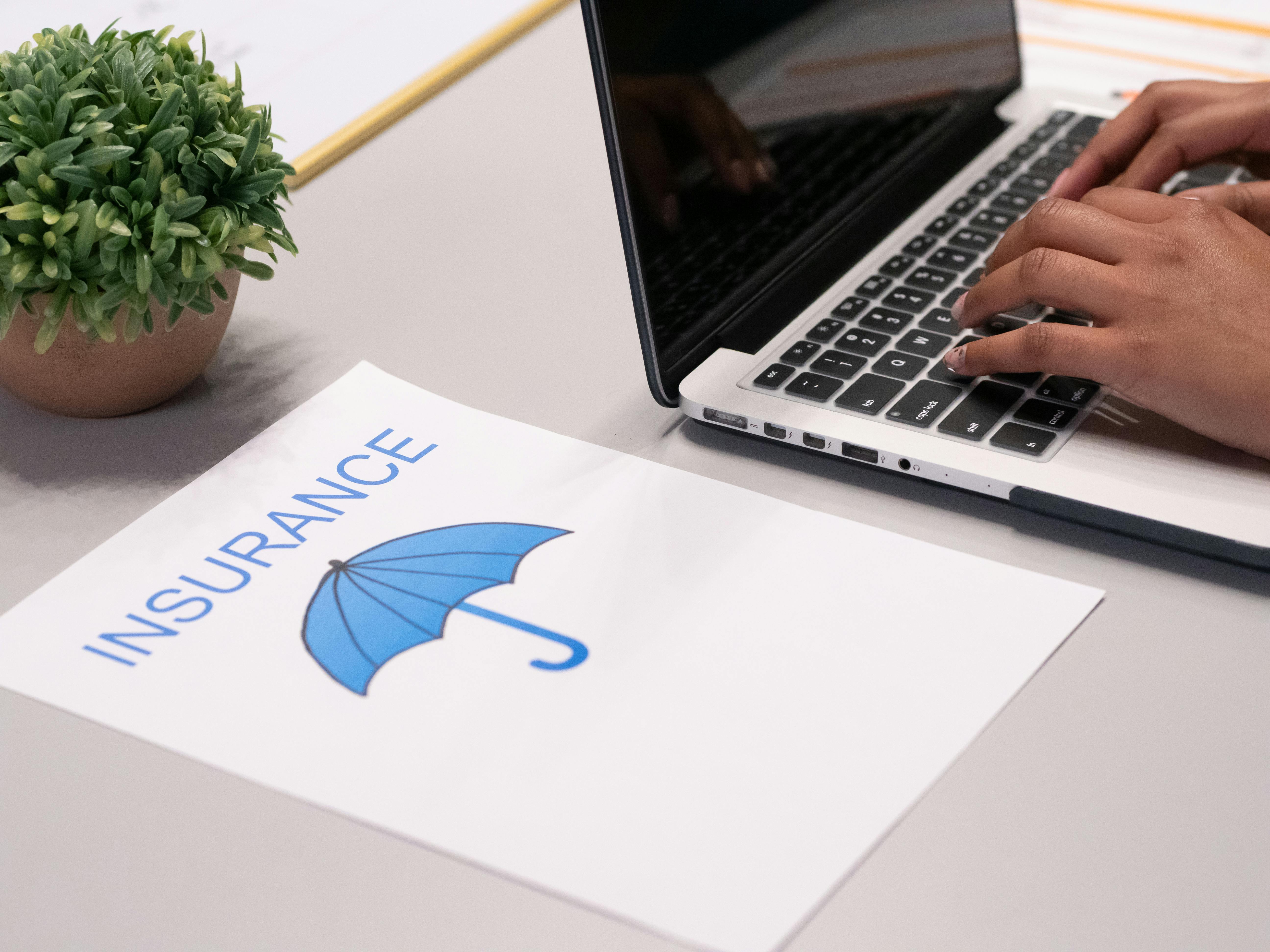
Blockchain for Resource Management: Transforming Digital Asset Governance
Blockchain Resource Management: A Comprehensive Technical Overview
Blockchain technology has emerged as a transformative mechanism for sophisticated resource management, enabling unprecedented levels of transparency, efficiency, and decentralized governance across multiple industrial domains. By leveraging distributed ledger technologies, organizations can now implement comprehensive tracking, verification, and transfer mechanisms for complex digital and physical assets.
Technological Framework and Architectural Considerations
The fundamental architecture of blockchain resource management relies on cryptographically secure, immutable transaction records that facilitate seamless asset tracking and provenance verification. Advanced protocols enable granular permission structures, allowing precise control over asset interactions while maintaining robust security standards.
Global Regulatory Landscape
Different jurisdictions demonstrate varying approaches to blockchain resource management regulation. The United States Securities and Exchange Commission (SEC) maintains stringent compliance requirements, while offshore financial centers like the British Virgin Islands and Cayman Islands offer more flexible regulatory environments for digital asset governance.
Comparative Regulatory Analysis
| Jurisdiction | Regulatory Stance | Digital Asset Framework |
|---|---|---|
| United States | Strict Compliance | SEC Regulatory Oversight |
| Switzerland | Innovation-Friendly | Comprehensive Blockchain Legislation |
| Cayman Islands | Flexible Approach | Digital Asset Sandbox |
| Liechtenstein | Progressive Framework | Blockchain Act Implementation |
Top Blockchain Resource Management Protocols
- Chainlink: Decentralized oracle network providing real-world data integration
- Algorand: High-performance blockchain with advanced asset management capabilities
- Hedera Hashgraph: Enterprise-grade distributed ledger technology
- Polymath: Security token issuance and management platform
Market Dynamics and Emerging Trends
The global blockchain resource management market is projected to experience exponential growth, with estimates suggesting a compound annual growth rate (CAGR) of approximately 56.3% between 2023 and 2028. This growth is driven by increasing institutional adoption, technological advancements, and growing demand for transparent, efficient asset management solutions.
Technical Implementation Challenges
Implementing blockchain resource management requires sophisticated understanding of consensus mechanisms, cryptographic principles, and distributed system architectures. Organizations must navigate complex technical challenges related to scalability, interoperability, and performance optimization.
Future Implications
Emergent technologies like artificial intelligence and machine learning are expected to further enhance blockchain resource management capabilities, enabling more intelligent, predictive asset governance strategies. The convergence of these technologies will likely revolutionize how organizations track, manage, and monetize digital and physical resources.
RWA.codes: Strategic Resource Management Solutions
RWA.codes specializes in developing cutting-edge blockchain solutions tailored to complex resource management requirements. Our comprehensive service offerings include:
- Advanced tokenization strategies
- Cross-jurisdictional legal compliance frameworks
- Custom blockchain platform development
- Enterprise-grade digital asset management systems
Our multidisciplinary team combines deep technical expertise with profound legal and financial insights, enabling organizations to leverage blockchain technologies effectively and securely.